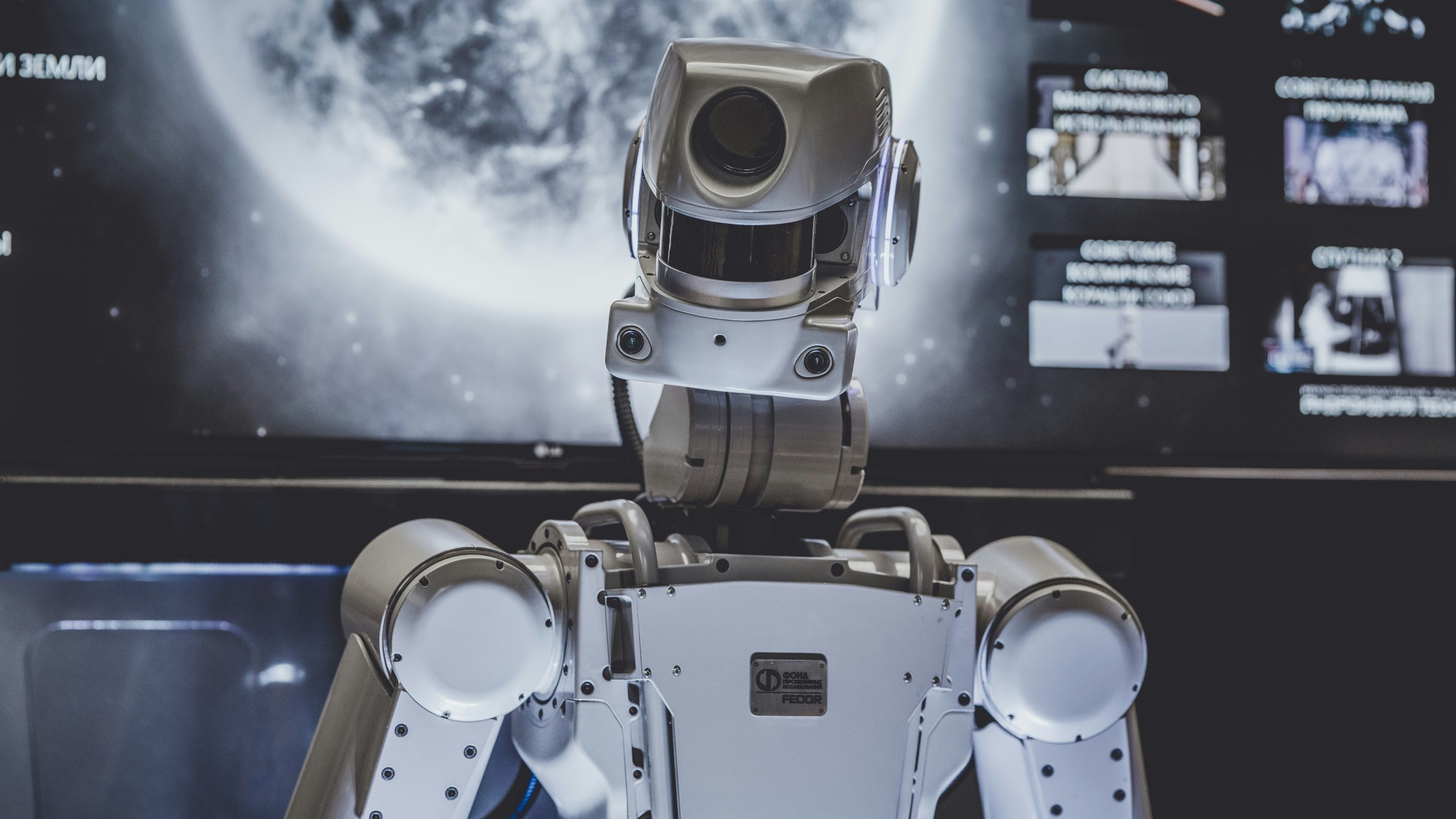Machine Learning (ML) is a branch of artificial intelligence (AI), through which computer systems learn and improve their performance starting from the data they process, without being explicitly programmed for each specific task. This automatic learning capability is representing a revolution for many sectors, and enables advanced applications and significant technological innovations.
Definition of Machine Learning
Machine Learning is defined as the process of using algorithms and statistical models to allow computers to make predictions and decisions based on data. This learning process occurs through the analysis and interpretation of enormous quantities of data which constantly improve the performance of the system, going hand in hand with the increase in the amount of information analyzed.
Machine Learning in modern technology
In modern technology, machine learning is now essential for various applications. It is in fact used to improve operational efficiency, to personalize the user experience, to optimize industrial processes and much more. For example, banks use ML to detect fraud, while in online services it can be used to suggest personalized content to users.
Types of Machine Learning
There are various approaches to machine learning, each with different characteristics and applications. The main types are supervised, unsupervised and reinforcement learning.
Supervised Learning: This is one of the most common types of ML. With this approach, algorithms are trained starting from a set of labeled data, meaning they contain both the desired input and output. The goal of the algorithm is therefore to learn a function that will then allow the new inputs to be correctly mapped. For example, if an algorithm is trained on a set of flower images labeled with the corresponding flower type, at the end of the training it will be able to recognize the flower type in new unlabeled images. Practical applications include classifying emails as spam, speech recognition and medical analysis using images.
Unsupervised learning: This approach, unlike the previous one, is trained on unlabeled data. Algorithms must therefore discover hidden patterns and structures in the data without any guidance. Unsupervised learning is very useful in clustering and dimensionality reduction tasks.
An example is k-means clustering, which allows you to group data based on similar characteristics. We can also find principal component analysis (PCA) which reduces dimensionality and algorithms that look for meaningful relationships between data. Applications include, but are not limited to, segmenting customers based on purchasing behaviors and detecting anomalies in financial data.
Conclusions
These two first types of machine learning are the basis for many practical applications. Supervised learning is fundamental for prediction and classification tasks, while unsupervised learning is fundamental for exploratory data analysis and the discovery of patterns and models. These methods are revolutionizing the way companies and organizations in general use data to make strategic decisions and improve processes.
In the next part, we will explore additional types of machine learning, such as semi-supervised learning and reinforcement learning, and talk about the potential for the future of this technology.


